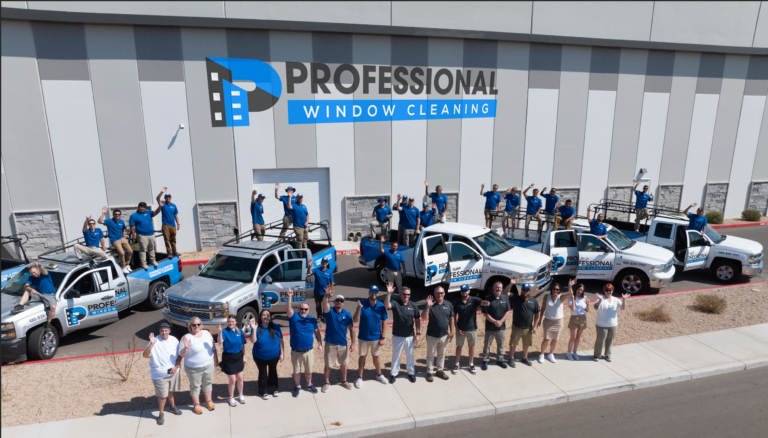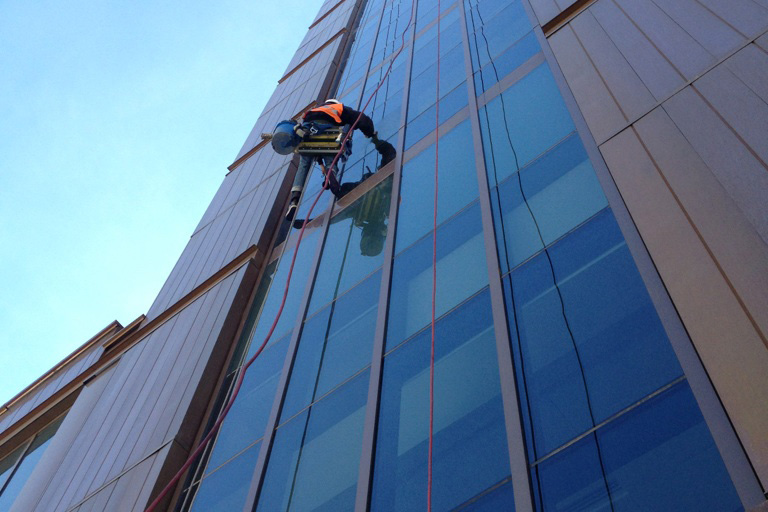Denver Museum of Nature and Science
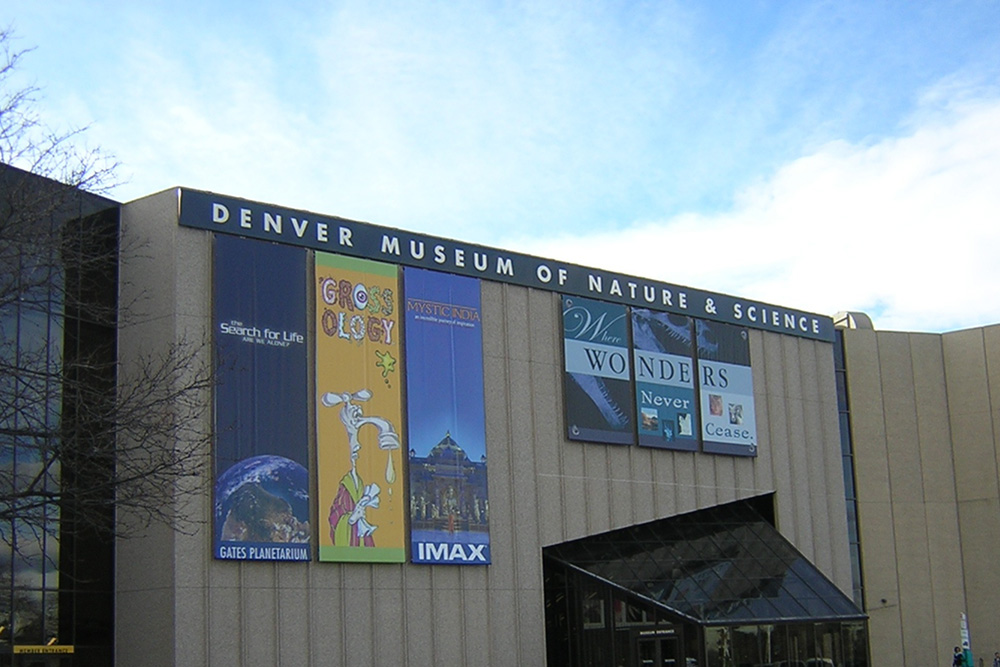
Visit the Denver Museum of Nature and Science
The Denver Museum of Nature and Science is one of the most prominent museums in the western United States, and for good reason: replete with dinosaur skeletons and ancient Egyptian mummies, and even including an exhibit that recasts great works of art from throughout history as Lego sculptures, there really is something here for everyone.
The Museum’s primary focus though is the history of the natural world. As visitors enter, they’ll be treated to a huge cast of a Tyrannosaurus Rex skeleton.
On the second floor, you’ll find the “Prehistoric Journey” exhibit which will take visitors through the evolution of life, from the earliest types of animals swimming through primordial seas up till the age of the dinosaurs.
You’ll see skeletons of the famous stegosaurus (the state fossil of Colorado, by the way) and plesiosaurs, along with lesser-known (but still very cool!) dinosaurs such allosaurus and dimetrodon.
The Museum also includes dioramas of animals from around the world, including the local fauna of Colorado, native life of North America, South America, Africa, and Australia and the Pacific, among others.
The Gems & Minerals exhibit will teach visitors about the geology of our world, while the Space Odyssey exhibit will teach them about the Universe at large and human exploration beyond the confines of Earth. Be sure to check out the true-to-life replica of one of NASA’s Mars Exploration Rovers.
These are just a few of the highlights of the Denver Museum of Nature and Science – you’ll find plenty to look at and learn about here, whether by yourself or with the kids, making it a stand-out of any visit to Denver.
The cost of admission varies: for adults during peak hours a ticket is $19.95. For youth (ages 3-18) peak tickets are $14.95, and for seniors (ages 65 and up) they are $16.95.
You can also purchase tickets on the Museum’s website here [https://www.dmns.org/visit/pricing-and-discounts/] to save $1 per ticket admitting guests during off-peak hours (before 10 AM and after 2 PM).
NOTE TO REQUESTER: Hi there, please let me know if you’d like me to edit anything. I’d greatly appreciate a chance to revise over outright rejection, so thanks!
Here are driving directions
Coors Field
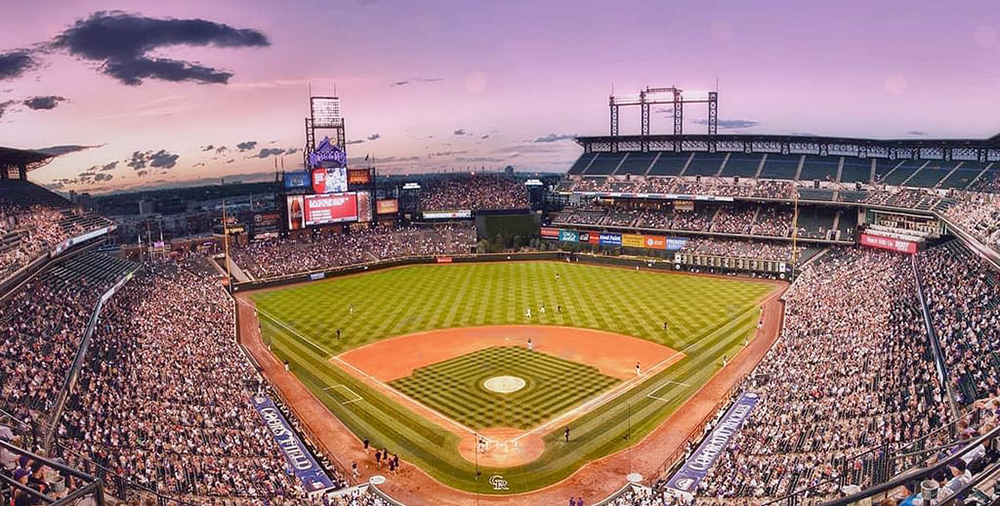
The Coors Field located in Denver CO is the stadium of the MLB team Colorado Rockies. It is the second-largest stadium in MLB, with a capacity of 50,398 people. Construction began in 1993, and it opened in 1995. In the course of the stadium’s construction, several dinosaur fossils were found, including a huge 1000 pound triceratops skull. As a consequence of these findings, the name for the stadium was planned to be Jurassic Park but, Coors Brewing Company reached an agreement with the franchise and purchased the rights to name the stadium, Coors Field. However, the idea was born for the team’s mascot to be a dinosaur, whose name is Dinger.
Even though the stadium is 415 feet by the center-field, it is considered a paradise for hitters. Since it is located at 5180 feet above sea level, it is “easier” to connect a home run because at that height, the air density is lower, so it is the ideal atmosphere for the ball to fly further. Therefore, the balls that will be used in the Coors Field are humidified to decrease their volatility.
Directions to Coors Field
Denver International Airport (DEN)
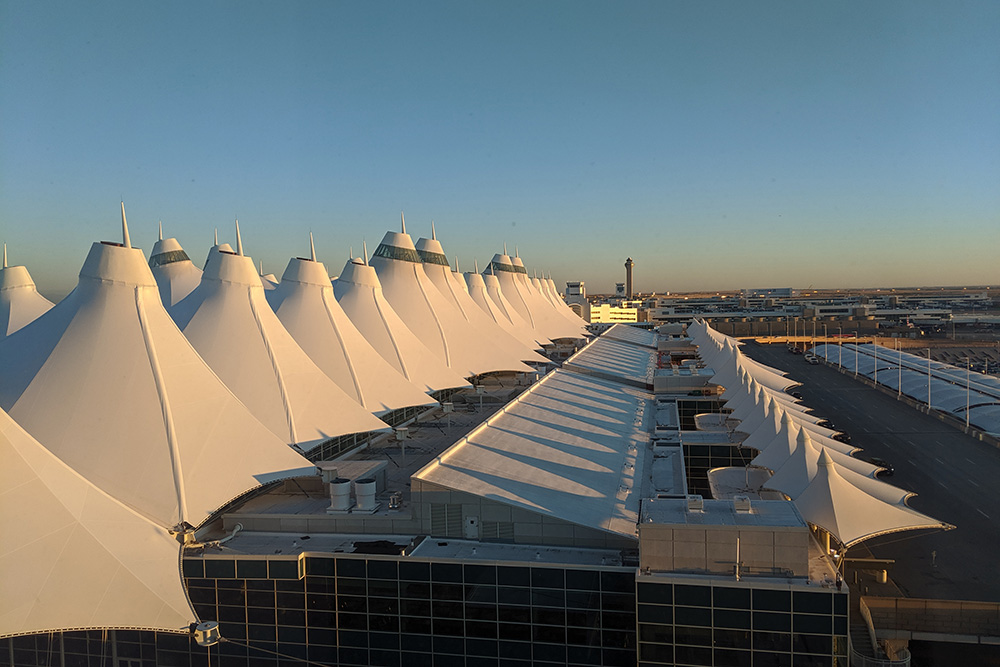
The Denver International Airport in Colorado is one of the most important airports in the United States, as it is the fifth airport in terms of employees, with over 35,000, making it the largest source of CO employees. Also, it is the 16th busiest airport in the world. In terms of surface area, it is the second-largest in the world and the largest in the United States.
Its surface area covers about 34,000 acres of land, and the central terminal, the Jeppesen Terminal, has an area of about 1.5 million square feet. Besides, it has three esplanades that together add up to 89 gates. For passenger convenience, it has six million square feet of public space. In fact, in 2018, an upgrade was started at the Jeppesen terminal to provide more capacity and better technology, and it is estimated that it will be ready by the end of 2021.
The last year, more than 65 million people traveled through this airport in more than 500 thousand planes. It is estimated that by 2025 more than 80 million people will use this airport per year and around 120 million by 2040. Therefore, with the new update that they are doing in the Jeppesen Terminal, the airport will have the capacity to attend this demand optimally.
Directions to Denver International Airport
Colorado State Capitol
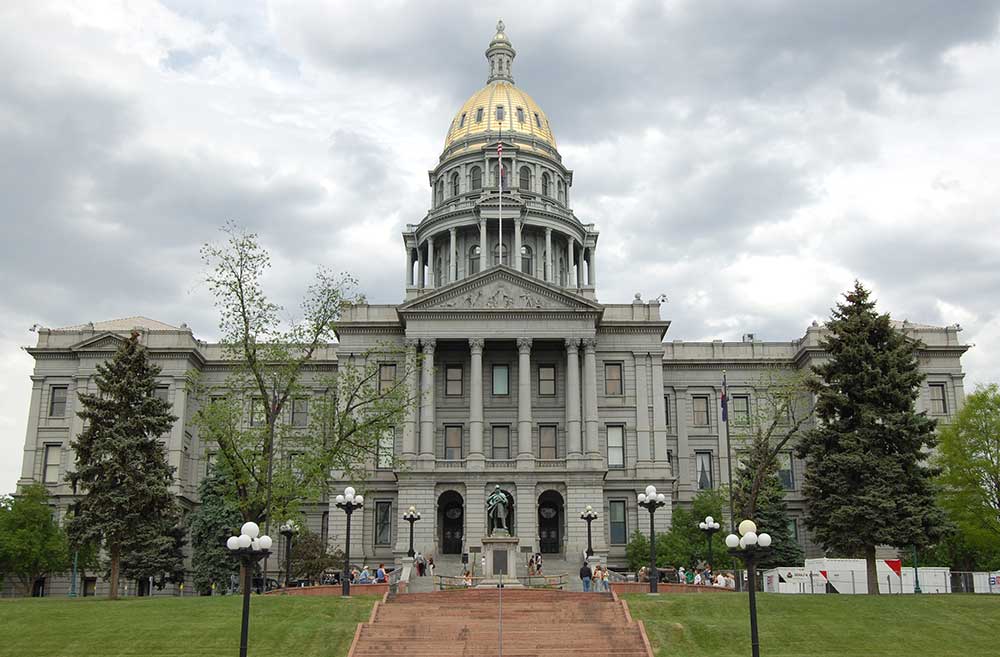
If you’re visiting Denver, you should take the time to stop by the Colorado State Capitol. With a Neoclassical shape, which is located in the eastern part of the Civic Center Park in Denver, Colorado State Capitol, it has the function of a historical museum in Colorado.
The proud building of Colorado, which stands 272 feet above the ground, designed by Elijah E. Myers, the construction took until 1901. The miners gave 200 ounces of gold in 1908 to gild the dome, adding to its grandeur.
The design is attractive, the interior is designed in a unique and authentic Colorado architecture. The building materials used were local Colorado products such as: yule marble floors from Marble, CO, granite exterior walls from Gunnison, CO, baseboards and trim made of pink onyx quarried in Beulah, CO. The entire building is also decorated with beautiful stained glass with pictures that tell of important events and people in Colorado history.
Enjoy a free tour with a Monday-Friday schedule (except holidays), 10.00 – 15.00, don’t forget to reserve in advance, because tour participants are limited to only 30 people.
Have a nice vacation while knowing history.




